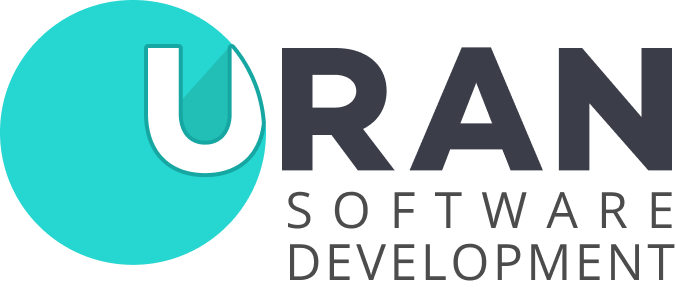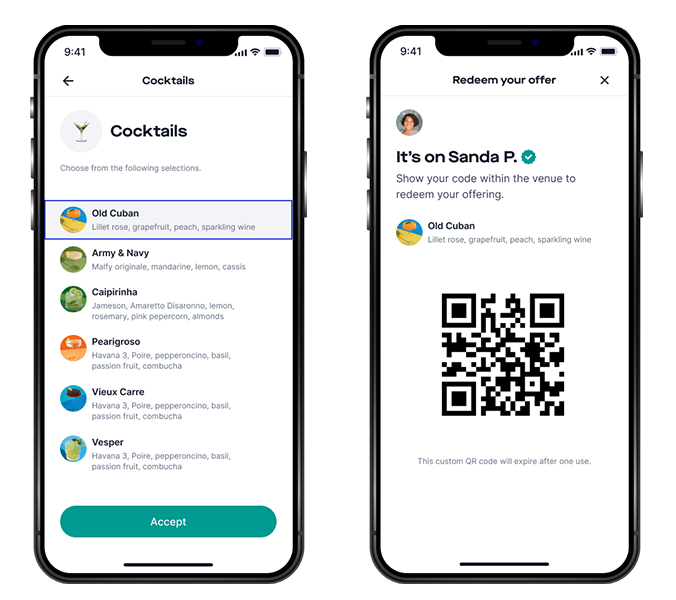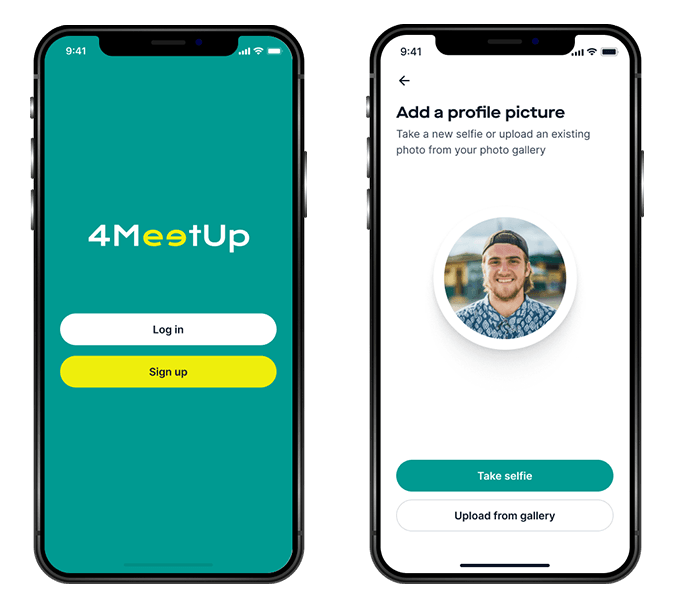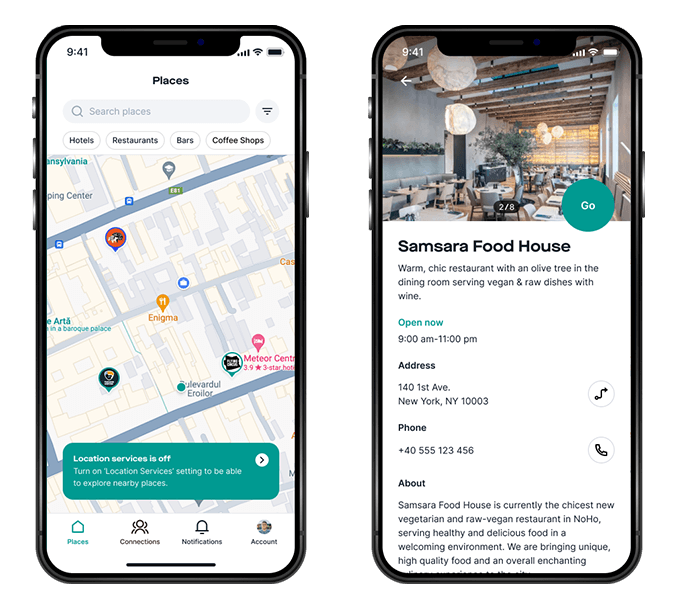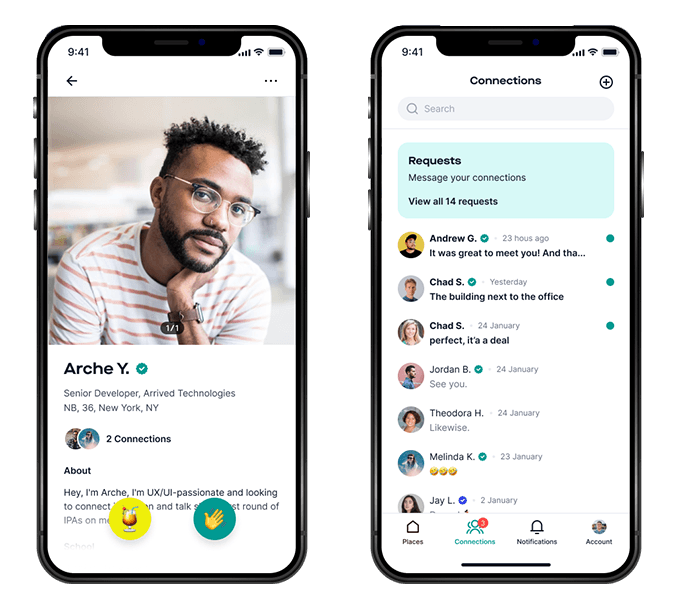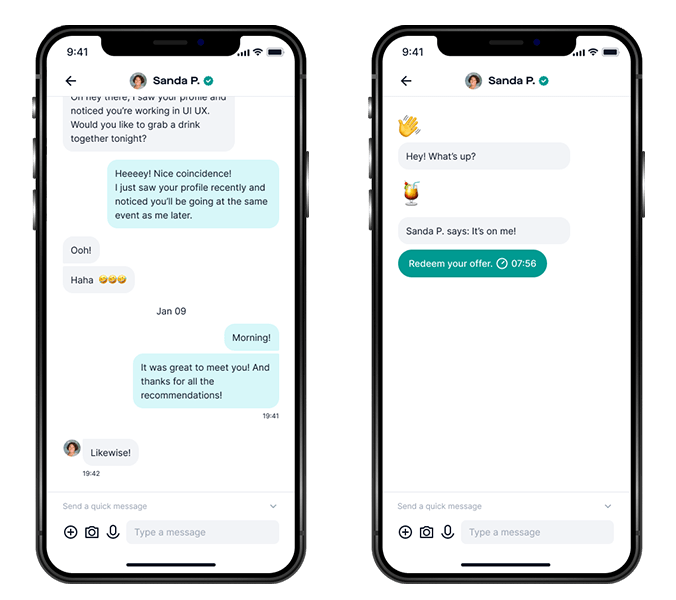The goal of the project was to develop a social application for Android and iOS for real-time communication with people. Using GPS technology, the app scans the map and displays the current location along with possible meeting spots. Users can set preferences for communication, friendship, or dating, or simply choose all options at once. The app then saves all new contacts from these spontaneous meetings and reminds the user where they first met.
4MeetUp - Custom Cross Platform Mobile App
To implement the components of the mobile application and make it a custom cross-platform mobile app, we selected the JavaScript library React Native, which allows for the easy implementation of dynamic user interface elements with quick responsiveness to user actions. Redis was chosen as the primary data storage system due to its high data access throughput. We selected Firebase to implement real-time chat functionality. Additionally, the following technologies and services were used in the project:
- REST
- ReactJS
- Django
Frontend - Technologies and services:
- Framework: React Native
- Realtime database: Firestore
- Authentication: Firebase Auth
- Google Maps API
The frontend provides a cross-platform application for Android and iOS, thanks to the React Native framework. User registration/authorization is done via phone number/email using the Backend API.
